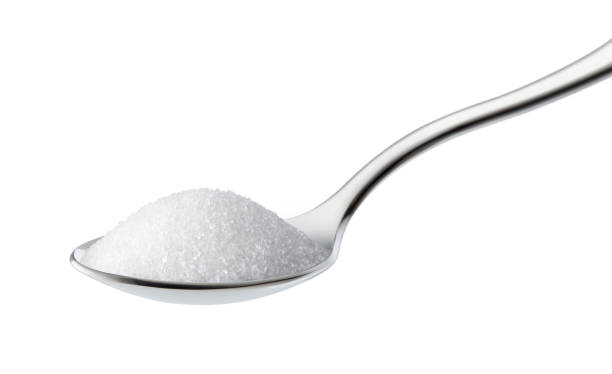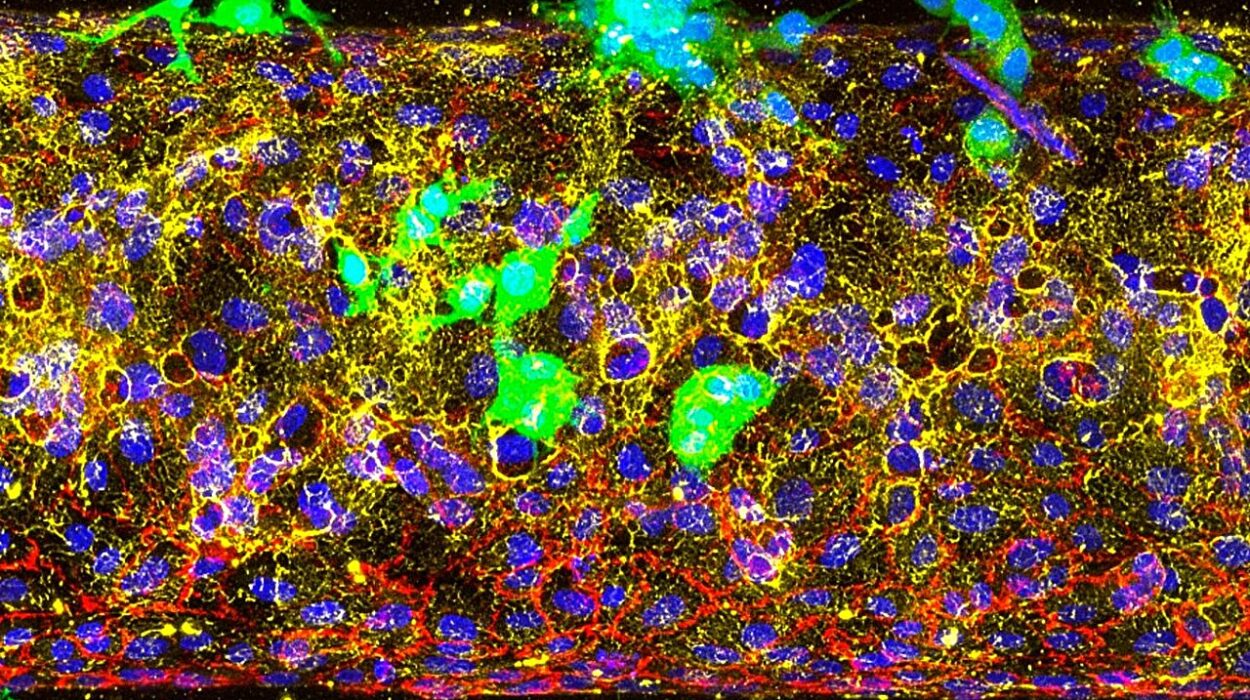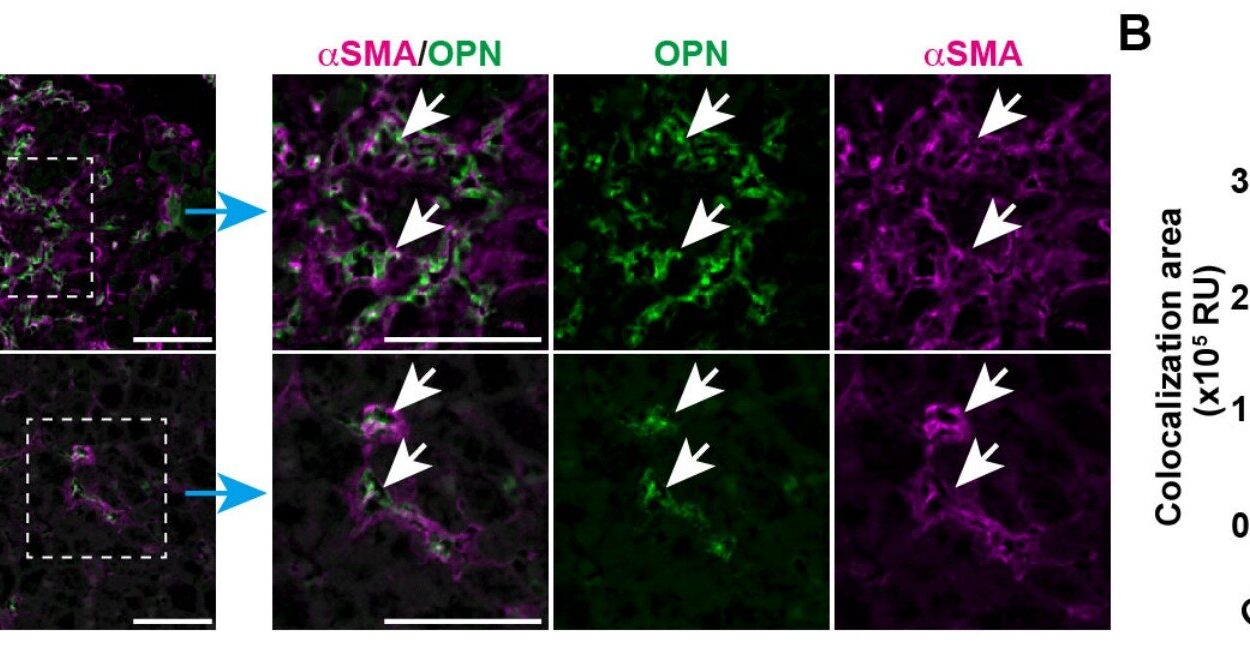In the modern age of calorie counting and metabolic mindfulness, sucralose has carved out a seductive niche. Marketed as a guilt-free indulgence—one that sweetens your coffee, flavors your soda, or enhances your protein bar without contributing a single calorie—this artificial sweetener promises all the pleasure of sugar with none of the punishment. But beneath that saccharine surface, emerging science suggests that sucralose may not be as metabolically innocent as once believed.
A new study published in Nature Metabolism has shaken the foundations of what we thought we knew about calorie-free sweeteners. It reveals that sucralose, despite having no caloric content, triggers a neural cascade in the brain’s hunger centers that mimics the very thing it’s meant to avoid: the urge to eat. Conducted by researchers at the University of Southern California, this investigation opens a window into the surprisingly complex dialogue between taste perception, brain activity, and metabolic signaling. And it raises a provocative question: Can something so sweet still make us feel so hungry?
Unpacking the Brain’s Appetite Circuitry
To appreciate the significance of these findings, one must first journey into the brain’s command center for hunger: the hypothalamus. This almond-sized structure, nestled deep in the brain, is a neuroendocrine control hub that continuously integrates signals from hormones, nutrients, and neural pathways to regulate when, what, and how much we eat.
Traditionally, this regulation has relied on a fairly straightforward model: when we consume sugar, glucose levels rise in the blood, insulin is released, and satiety hormones like GLP-1 come into play, reducing hypothalamic activity and signaling fullness. But sucralose turns this equation on its head. By delivering a sweet taste with none of the accompanying energy payload, it creates a sensory-metabolic mismatch—a rift between what the brain expects and what the body actually receives.
The USC study provides compelling neuroimaging evidence that this mismatch doesn’t go unnoticed by the hypothalamus. Instead, it appears to heighten hunger-related brain activity, especially in regions like the lateral hypothalamus, which are known to drive food-seeking behavior. In essence, sucralose fools the taste buds into expecting nourishment, and when none arrives, the brain goes into overdrive trying to make sense of the anomaly.
The Experiment: Peering Into the Hungry Brain
The study recruited 75 healthy young adults aged 18 to 35, encompassing a diverse range of body types from lean to obese. In a randomized crossover design—considered the gold standard for dietary research—each participant consumed three different beverages on separate occasions: one sweetened with sucralose, one with caloric sucrose (table sugar), and one consisting of plain water.
To probe the neural consequences of each drink, researchers used functional magnetic resonance imaging (fMRI) to measure blood flow changes in the hypothalamus. Increases in this region are associated with hunger, while decreases signal satiation. At the same time, blood samples were analyzed for glucose, insulin, and GLP-1, and participants were asked to rate their subjective feelings of hunger.
The results were startling. While sucrose predictably decreased hypothalamic activity and elevated satiety hormones—consistent with feelings of fullness—sucralose had the opposite effect. It ramped up blood flow in the lateral hypothalamus and increased self-reported hunger, despite providing no caloric content. These findings suggest that the brain interprets sucralose not as a neutral substance, but as a confusing signal that prompts it to stay on alert for food.
Disrupting the Brain’s Sweet Expectations
Perhaps the most intriguing aspect of the study lies in its exploration of how sucralose alters the brain’s internal communication. Beyond just lighting up the hypothalamus, sucralose strengthened functional connectivity between this region and others involved in reward, motivation, and sensory processing.
Connections were particularly pronounced with the anterior cingulate cortex, which evaluates the emotional salience of food stimuli, and the parietal lobule, which contributes to body awareness and interoception. In effect, the sweetener seems to not only activate hunger centers, but also to amplify the brain’s responsiveness to food cues and internal bodily states.
This could help explain why some individuals report feeling hungrier after consuming diet sodas or sugar-free snacks. The brain, primed by sweetness but deprived of nutrients, may become more attuned to potential food sources—a heightened sensitivity that could drive overeating, especially in an environment saturated with easily accessible, energy-dense options.
A Tale of Two Bodies: Weight Status and Sweetener Response
Strikingly, the brain’s reaction to sucralose was not uniform across all participants. The study found that body weight status significantly influenced neural responses. Individuals with healthy weight showed a more robust hypothalamic response to sucralose than to sucrose, while those with obesity showed stronger activation compared to water. Overweight individuals fell in the middle, suggesting a graded response based on metabolic phenotype.
What might this mean? One possibility is that people with obesity are more attuned to the rewarding properties of sweet taste, especially when it arrives without the metabolic brakes provided by nutrients. Alternatively, it could reflect adaptations in the brain’s appetite circuitry in response to long-term exposure to hyper-palatable foods and artificial sweeteners—a feedback loop where sweeteners drive hunger, leading to overeating, which in turn reinforces the preference for sweetness.
Sex Differences and Metabolic Clues
The study also uncovered notable sex-based differences in brain response. Women showed stronger hypothalamic activation to sucralose than men, echoing earlier findings that women may be more neurologically sensitive to food cues and sweet flavors. This may reflect evolutionary pressures related to energy storage and reproductive health, or sociocultural factors influencing eating behavior.
Beyond sex and weight, the researchers examined insulin sensitivity—a measure of how effectively the body responds to insulin. Participants with lower insulin sensitivity, a sign of early metabolic dysfunction, displayed greater hypothalamic activation to sucralose than those with healthy insulin response. This suggests that people at risk for metabolic syndrome or type 2 diabetes may be especially vulnerable to the appetite-stimulating effects of artificial sweeteners.
It’s a sobering reminder that metabolic health is not merely a matter of calories in versus calories out, but a dynamic interplay of neural, hormonal, and behavioral forces. Artificial sweeteners, once seen as a dietary panacea, may be disrupting this delicate balance in unforeseen ways.
Sweetener Science: Still More Questions Than Answers
Despite the richness of the findings, the authors caution against drawing sweeping conclusions. The study examined only short-term responses to single exposures under tightly controlled conditions. It did not assess real-world eating behavior, long-term weight outcomes, or the cumulative effects of daily artificial sweetener consumption.
Nor did it explore how subjective perceptions of taste, personal preferences, or habitual sweetener use might modulate neural responses. Importantly, the study looked only at sucralose—leaving open the possibility that other non-caloric sweeteners, such as aspartame, saccharin, or stevia, may have different profiles of brain and metabolic effects.
Still, the implications are profound. If non-caloric sweeteners like sucralose can activate hunger pathways and enhance food-seeking motivation, their widespread use—particularly in children, adolescents, and metabolically at-risk populations—deserves closer scrutiny.
Implications for Public Health and Future Research
In the words of Kathleen Alanna Page, the study’s senior author and director of the USC Diabetes and Obesity Research Institute, “We need to better understand what happens in the brain and body when we consume these sweeteners, especially over the long term. Are they helping with weight control, or could they be doing the opposite?”
Page and her team are now turning their attention to children and teenagers, who consume high quantities of artificial sweeteners in drinks, yogurts, and other processed foods. Their follow-up studies will examine how developing brains respond to these substances and whether early exposure alters appetite regulation or metabolic risk later in life.
Given that adolescence is a critical period for brain development, especially in regions tied to reward processing and impulse control, these studies could provide crucial insights into the long-term effects of sugar substitutes.
Rethinking the Role of Sweetness
The emerging science around sucralose and brain signaling underscores a broader theme in nutrition: the human body is exquisitely adapted to detect, interpret, and respond to food cues—not just in terms of flavor, but also in the context of expected energy delivery. When that expectation is violated, as it is with non-nutritive sweeteners, it can send ripples through systems that govern hunger, satisfaction, and decision-making.
This doesn’t mean that sucralose is inherently harmful, or that it has no place in modern diets. For people with diabetes, for instance, reducing sugar intake remains vital. But it does suggest that we need a more nuanced understanding of how sweeteners affect not just blood sugar levels, but the brain’s appetite control mechanisms.
In the long run, the most effective approach to healthy eating may lie not in tricking the body with “free” sweetness, but in retraining the palate to appreciate the natural flavors of whole foods. As science peels back the layers of our metabolic minds, one thing is becoming clear: when it comes to hunger, taste is only the beginning of the story.
Conclusion: A Bitter Truth Behind the Sweet Promise
Sucralose, the once-celebrated hero of the sugar-free revolution, is revealing a more complex character. Far from being an inert stand-in for sugar, it appears capable of stirring the brain’s deepest hunger drives, perhaps even pushing us to eat more in the long term.
As researchers continue to unravel the relationship between artificial sweeteners and neural circuits, it’s becoming evident that sweetness, whether real or artificial, comes at a cost. The promise of weight control through calorie-free indulgence may be more illusion than solution. And as always in science, the truth—like the brain—rarely conforms to simple taste.






